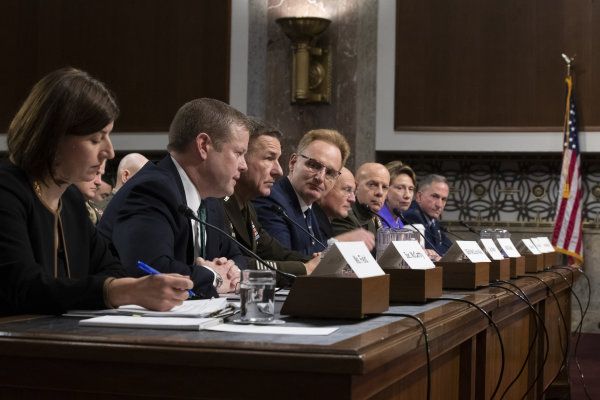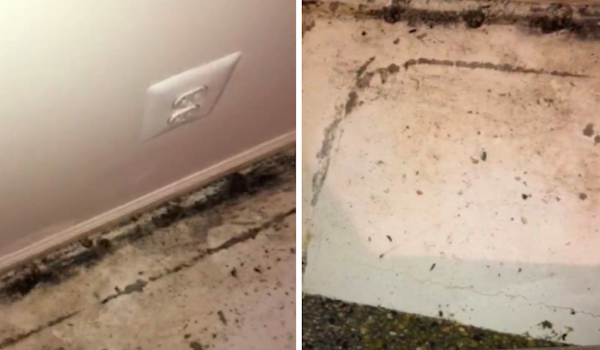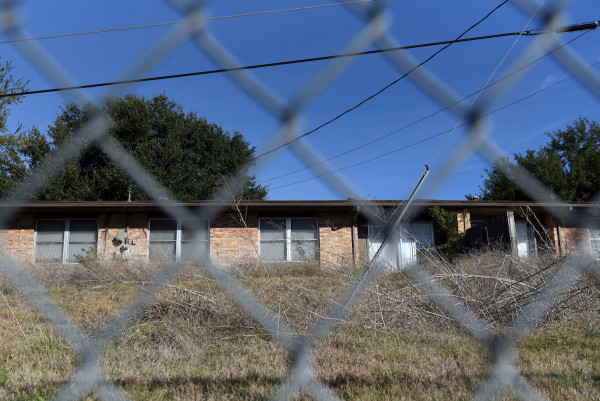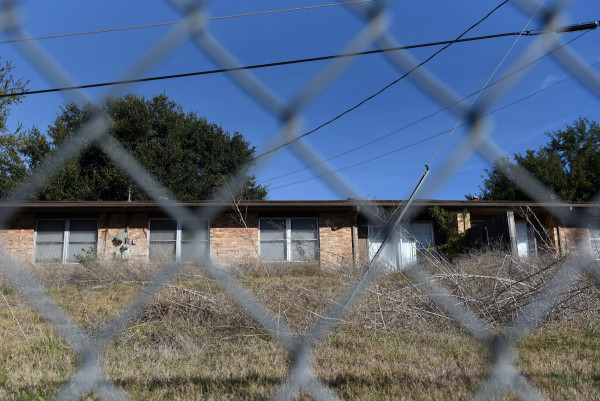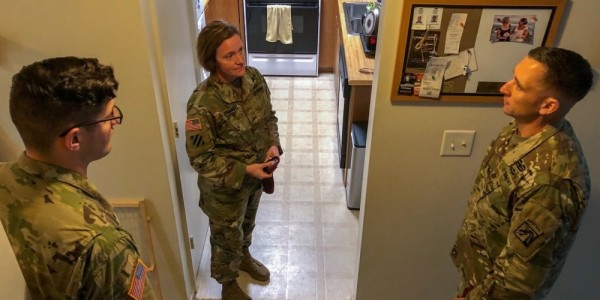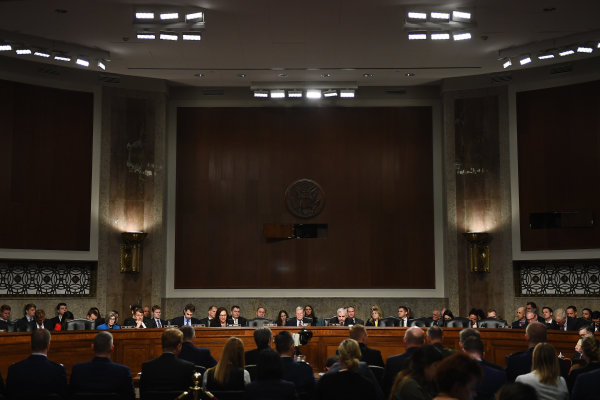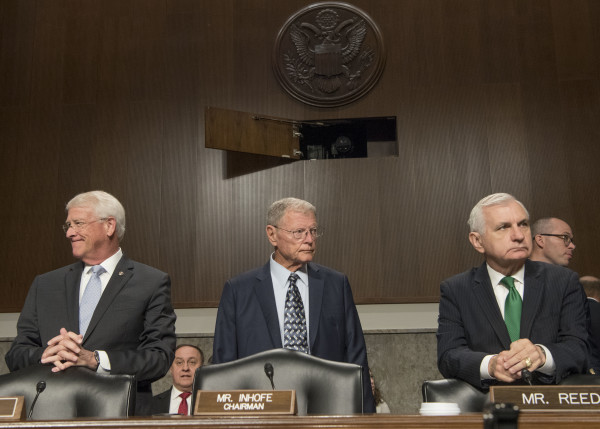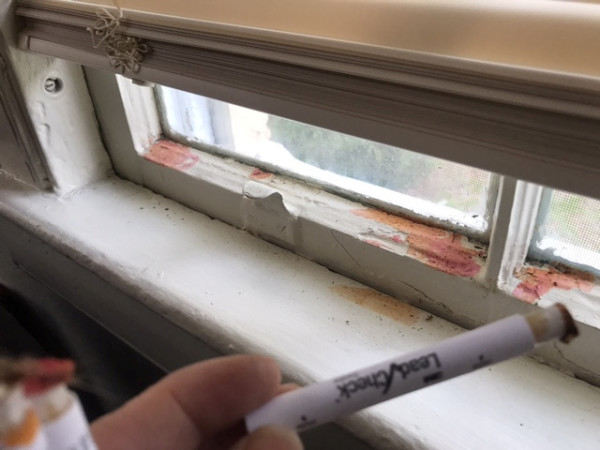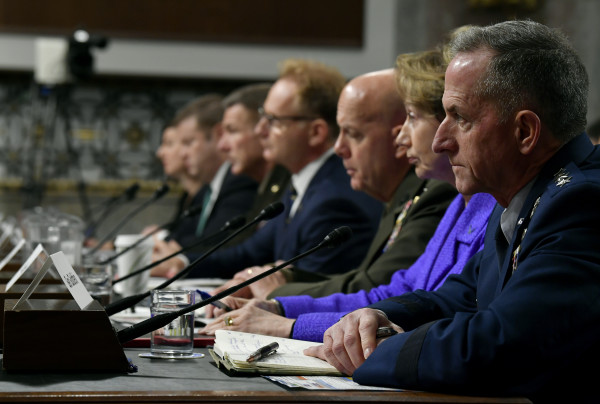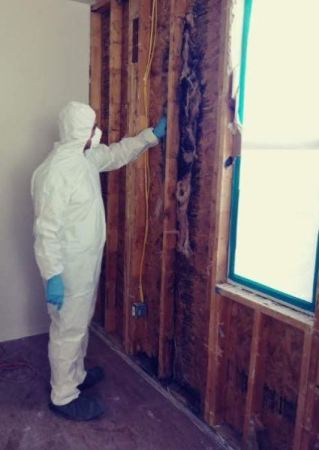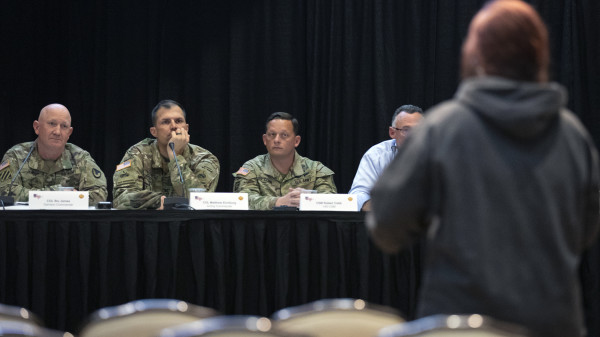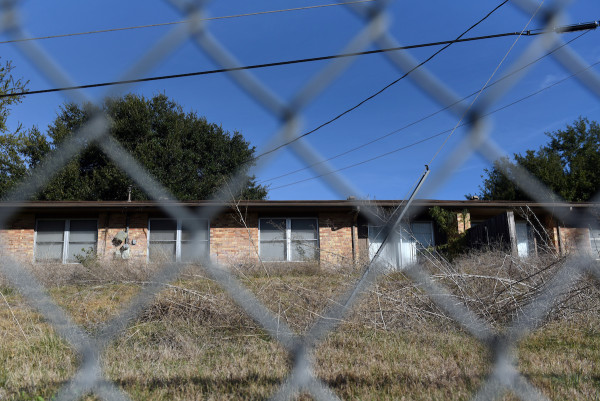A government official finally put to rest on Tuesday the lazy excuse that if privatized military housing was really that bad, service members would simply move out.
Elizabeth Field, director of the Government Accountability Office Defense Capabilities and Management, told the Senate Armed Services Committee that one of the metrics the Defense Department uses to measure privatized housing success is high occupancy rates.
In a May report, she said, the DoD called occupancy rates indicative of “high level of service member satisfaction and overall success.”
That’s wrong.
“Through our site visits to 10 installations, where we conducted 15 focus groups with families, we learned that family members often choose to live in privatized housing for reasons that have nothing to do with the housing itself,” Field said, presenting a new report from the GAO over the DoD’s oversight of privatized housing. “Reasons such as living in close proximity to medical and education services for children with special needs, or a concern that off-base housing is neither affordable nor safe.”
Figuring this out shouldn’t take an in-depth government investigation — speaking with any service member or military spouse who has had problems with housing, yet decided to stay on-post, could have perhaps made this clear.
An active-duty Navy spouse told Task & Purpose earlier this year that the reason she and her family have decided to stay in privatized housing is because of proximity to daycare, the commissary, and living in a community with other military families who understand their experiences.
But it’s a talking point used by both the Department and the housing companies.
In a February Senate hearing with housing company executives, Jarl Bliss, the head of Lincoln Military Housing said that if his company was to “cut corners and provide lower quality housing” service members wouldn’t live in their homes.
“To the contrary, the military installations LMH services have some of the highest occupancy rates in the country,” he said.
Corvias CEO John Picerne alluded to the same idea, saying in his opening statement at the same hearing that occupancy rates “soared above 93%” at Fort Meade when Corvias took over the housing.
In emails obtained by Task & Purpose for a story earlier this year on housing companies forcing NDAs on residents in order to remediate issues, an official from Navy Installations Command said that because a family who had documented problems with mold wasn’t accepting another house, they “must not feel there is a great danger to health and safety at the current unit.”
In reality, the family wanted to stay in their home because their young son was recently diagnosed with Autism.
Recognizing this problem is important for many reasons, one of those being that measures of success like this are “often directly tied to the performance incentive fees provided to the private partners,” according to the GAO report. These are the incentive fees that the services say they’re going to withhold if companies don’t shape up, though there’s debate over whether that will actually work.
Sen. Angus King (I-Maine) got right to the heart of the issue on Tuesday, saying that if companies aren’t performing at the level they should be, “I don’t think they should be paid even the basic rent … forget about incentives.”
Lawmakers were dismayed on Tuesday as to why the housing problem persists, and demanded answers from each of the service secretaries and chiefs who were present. At one point, Sen. Doug Jones (D-Ala.) told the committee’s witnesses to stop calling the housing companies “partners.”
“They are not our partners.”

